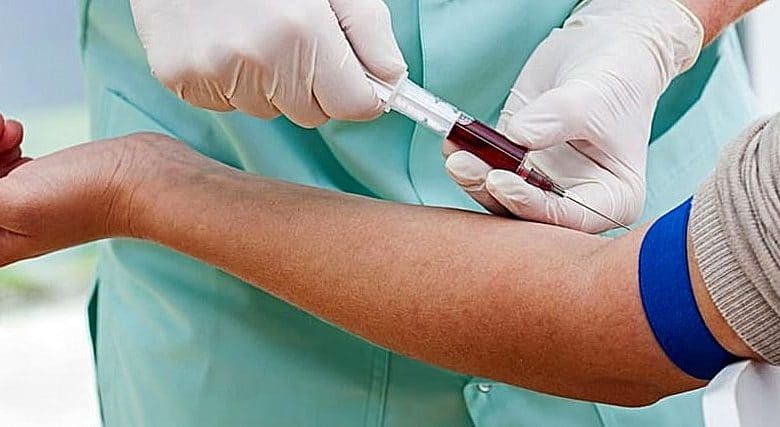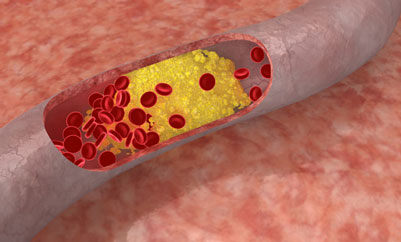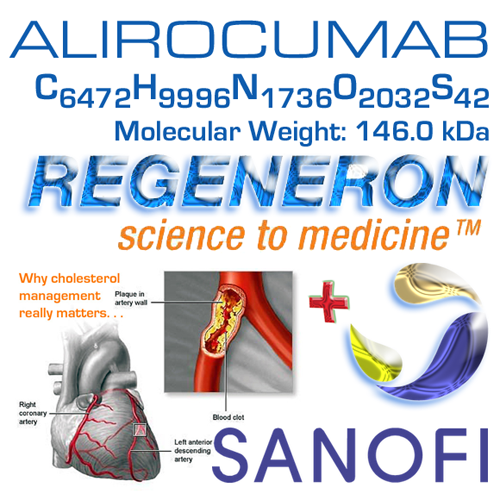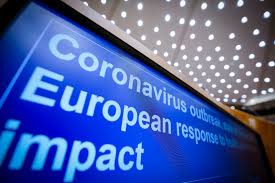
Cholesterol alarm [LDL], limits halved: "It must never exceed 100". According to the most recent studies, the maximum values of bad cholesterol should not exceed 100, against the 190 currently "tolerated": here's why
TODAY editorial staff – August 30, 2016
 The new guidelines of the European Society of Cardiology (ESC) have been announced (the congress is underway in Rome): based on the most recent studies the maximum values of bad cholesterol should not exceed 100, against the 190 currently "tolerated".
The new guidelines of the European Society of Cardiology (ESC) have been announced (the congress is underway in Rome): based on the most recent studies the maximum values of bad cholesterol should not exceed 100, against the 190 currently "tolerated".
According to what was known up to now, the indications could vary depending on the family predisposition to heart disease and one's state of health, without going over 190 anyway.
Instead now the limit set by cardiologists to the LDL (Low Density Lipoproteins, or the fatty proteins that make some foods so tasty), is strictly between 70 and 100, regardless of the medical situation.
Francesco Romeo, president of the Italian Society of Cardiology: “Having a cholesterol target within 70-100 is crucial. This applies to everyone, even to those subjects who have very high normal values for familial hypercholesterolemia. To lower it the first factor is nutrition, then statins can be used, and finally, for those who fail, there are the new drugs, the anti PCSK9 antibodies [Editor's note: Alirocumab by Sanofi/Regeneron and Evolocumab by Amgen, in the USA the price is between 8,000 and 12,000 dollars a year], which have great potential”.
Related news: Cholesterol: expectations are growing for the arrival of PCSK9 inhibitors
Hypercholesterolemia. Alirocumab arrives in Italy
Who speculates on the sick and inflates the price of medicines
EMA recommends approval of Praluent to reduce cholesterol levels
Efficacy and Safety of Alirocumab in Reducing Lipids and Cardiovascular Events
 Note: To calculate LDL cholesterol, the formula is usually used: Total cholesterol – HDL cholesterol – 0.2 triglycerides = LDL cholesterol whose reference value is 130 mg/dl for both men and women, optimal <100. The Friedewald formula can also be used: HDL cholesterol + (TG/5), applicable for triglyceride values <400 mg/dl.
Note: To calculate LDL cholesterol, the formula is usually used: Total cholesterol – HDL cholesterol – 0.2 triglycerides = LDL cholesterol whose reference value is 130 mg/dl for both men and women, optimal <100. The Friedewald formula can also be used: HDL cholesterol + (TG/5), applicable for triglyceride values <400 mg/dl.
The PCSK9 Proprotein convertase subtilisin/kexin type 9 or Proprotein convertase subtilisin/kexin type 9 (PCSK9) is an enzyme encoded by the PCSK9 gene on chromosome 1 in humans. It regulates low-density lipoprotein (LDL) receptor degradation for cholesterol. PCSK9 was originally called NARC-1 (neural apoptosis-regulated convertase-1)
It is believed that AIFA will arrange reimbursement for these new drugs for patients resistant to conventional therapies and for subjects in secondary prevention after an acute coronary syndrome, not at target or intolerant to statins. The subjects eligible for these innovative therapies according to these indications could therefore be around 20-30 thousand in our country.
Ed for clarification: we have received many requests for information, perplexities and objections in relation to the article we have reported above. The very poor reputation of pharmaceutical companies has undoubtedly increased the criticism. This probably arises from some ambiguities. Ambiguities that are present in the numerous articles published these days on this topic.
At first glance it might seem like a "marketing" ploy to lower the benchmarks to increase the number of patients to be treated with drugs. Perhaps the result of a contribution (unconditional, of course) from the manufacturers of new drugs for hypercholesterolemia. There is in fact the suspicious coincidence of the launch of these new drugs.
Thinking badly makes you a sin, but sometimes you get caught up
Probably in this case it is not so (or it is not only so). Upon closer reading, it can be noted that all the questions and perplexities arise from the more or less conscious sensationalism that dominates all these articles. It is no coincidence that we have reported the laboratory references in the notes. It all stems from the ambiguity of the columnists, probably unaware of the problem, of Total Cholesterol being confused with LDL Cholesterol or not specifying the values of both. For the first, a value of 200 is considered as the limit, while for LDL cholesterol the reference limit is considered 130 (and lower) mg per decilitre, while a value of at least 100 is considered optimal. All doctors believe that lower values are to prefer. According to the NCEP-ATPIII guidelines, LDL cholesterol between 130 and 159 is considered borderline high, between 160 and 189 high, and above 190 very high.
The sensational news essentially has nothing sensational as the reference data have been evaluated in this way for some time and Prof. Romeo has done nothing but report it.
Sensationalism and unawareness of the subject by journalists did the rest.





